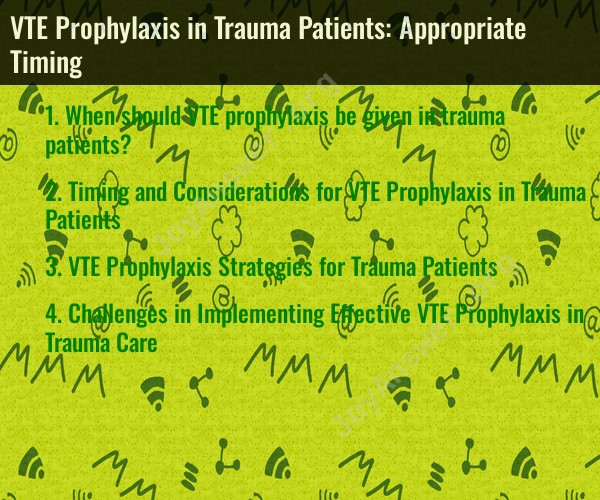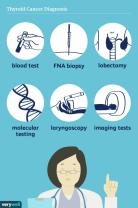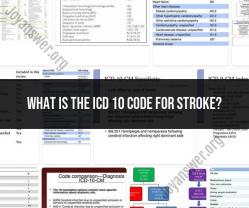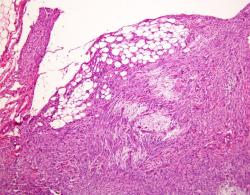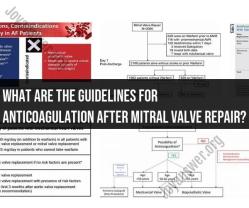When should VTE prophylaxis be given in trauma patients?
Venous thromboembolism (VTE) prophylaxis in trauma patients is a critical aspect of care, as trauma patients are at an increased risk of VTE due to factors such as immobilization and injury-related hypercoagulability. The timing of VTE prophylaxis in trauma patients is a matter of medical judgment and should be based on a careful assessment of individual patient factors, the type and severity of the trauma, and the risk of bleeding. Here are some general considerations for the appropriate timing of VTE prophylaxis in trauma patients:
Early Risk Assessment:
- VTE risk assessment should begin upon admission to the hospital. Trauma patients should be evaluated for individual risk factors, including age, injury severity, comorbid conditions, and personal or family history of VTE.
Immediate Mechanical Prophylaxis:
- In high-risk trauma patients, such as those with spinal cord injuries, early initiation of mechanical prophylaxis with intermittent pneumatic compression (IPC) devices can be considered even before the patient undergoes imaging studies or surgery. This approach helps prevent VTE without increasing the risk of bleeding.
Surgical Timing:
- For trauma patients requiring surgery, VTE prophylaxis may be initiated before or after the procedure. The timing often depends on the patient's risk profile and the need for emergency surgery. In some cases, VTE prophylaxis may be delayed if there is a high risk of bleeding.
Risk-Benefit Assessment:
- The decision to initiate pharmacologic prophylaxis with anticoagulant medications, such as low-molecular-weight heparin (LMWH) or unfractionated heparin (UFH), should be carefully weighed against the risk of bleeding. Trauma patients often undergo imaging studies and invasive procedures, and the timing of prophylaxis should take these factors into account.
Multidisciplinary Approach:
- Trauma care often involves a multidisciplinary team, including trauma surgeons, anesthesiologists, and hematologists. Collaboration among these specialists is essential to determine the most appropriate timing and type of VTE prophylaxis.
Admission to the Intensive Care Unit (ICU):
- Trauma patients admitted to the ICU may be at a higher risk of VTE. In this setting, a low dose of LMWH or UFH may be initiated based on individual risk factors and close monitoring.
Extended Prophylaxis:
- Trauma patients who have prolonged immobilization or other risk factors may benefit from extended VTE prophylaxis beyond the acute hospitalization phase.
Monitoring and Follow-Up:
- Regular monitoring for signs and symptoms of VTE and bleeding is essential during and after VTE prophylaxis. Trauma patients should be educated about these risks and be prepared to report any concerning changes promptly.
The timing and choice of VTE prophylaxis in trauma patients should be individualized and based on the patient's clinical condition and risk factors. The decision is often made in conjunction with established hospital protocols and guidelines, and it requires close collaboration among healthcare providers. The goal is to balance the need for VTE prevention with the avoidance of excessive bleeding risk, ultimately ensuring the best possible outcome for the trauma patient.
Timing and Considerations for VTE Prophylaxis in Trauma Patients
Venous thromboembolism (VTE) is a serious complication of trauma, with an incidence of up to 30%. VTE can lead to pulmonary embolism, which can be fatal. VTE prophylaxis is essential for all trauma patients, unless there are contraindications.
The timing of VTE prophylaxis in trauma patients is important. Prophylaxis should be started as soon as possible after injury, ideally within 24 hours. However, some patients may require a delay in prophylaxis due to factors such as hemodynamic instability, need for surgery, or intracranial bleeding.
The following considerations should be taken into account when initiating VTE prophylaxis in trauma patients:
- Risk factors for VTE: Patients with certain risk factors for VTE, such as obesity, a history of VTE, or cancer, may require more aggressive prophylaxis.
- Type of injury: Patients with certain types of injuries, such as spinal cord injuries or lower extremity fractures, are at higher risk for VTE.
- Comorbidities: Patients with certain comorbidities, such as heart failure or chronic obstructive pulmonary disease (COPD), may be at increased risk for bleeding complications from VTE prophylaxis.
VTE Prophylaxis Strategies for Trauma Patients
There are a number of different VTE prophylaxis strategies that can be used in trauma patients. The most common strategy is pharmacological prophylaxis with low-molecular-weight heparin (LMWH). LMWH is effective at preventing VTE and is generally safe for trauma patients.
Other VTE prophylaxis strategies that can be used in trauma patients include:
- Mechanical prophylaxis: Mechanical prophylaxis includes measures such as compression stockings and intermittent pneumatic compression (IPC) devices. Mechanical prophylaxis can be used alone or in combination with pharmacological prophylaxis.
- Inferior vena cava filters (IVCFs): IVCFs are devices that are placed in the inferior vena cava to prevent blood clots from traveling to the lungs. IVCFs are typically used in trauma patients who are at high risk for VTE and who cannot tolerate pharmacological prophylaxis.
Challenges in Implementing Effective VTE Prophylaxis in Trauma Care
There are a number of challenges to implementing effective VTE prophylaxis in trauma care. These challenges include:
- The complex and dynamic nature of trauma care: Trauma patients often have multiple injuries and require complex care. This can make it difficult to initiate and maintain VTE prophylaxis.
- The lack of consensus on optimal VTE prophylaxis regimens: There is no universal consensus on the optimal VTE prophylaxis regimens for trauma patients. This can lead to variation in practice and make it difficult to implement evidence-based guidelines.
- The need for individualized risk assessment: Trauma patients are a heterogeneous population with a wide range of risk factors for VTE. This makes it difficult to develop a one-size-fits-all approach to VTE prophylaxis.
Despite these challenges, VTE prophylaxis is an essential component of trauma care. By carefully considering the individual risk factors of each patient and implementing appropriate prophylaxis measures, clinicians can help to reduce the risk of VTE and improve patient outcomes.
